Big Bend National Park Texas: 1st Time Visitor Guide
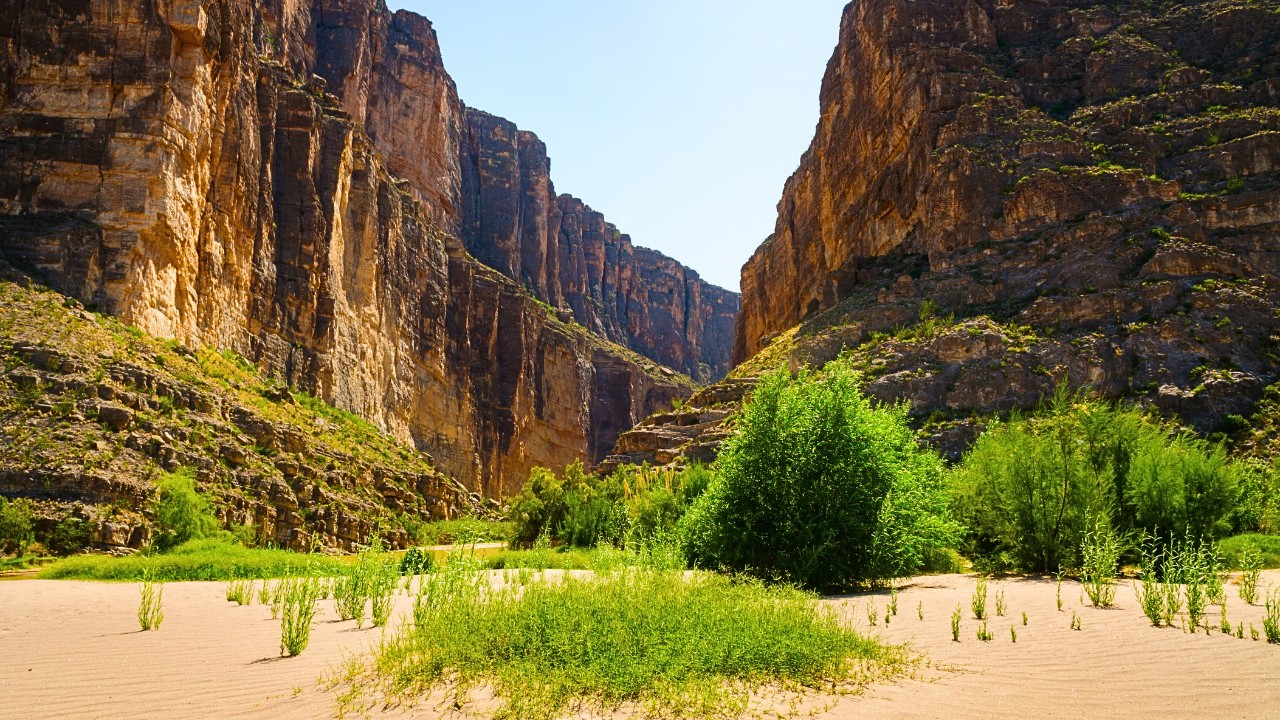
Although it’s located in a very remote area of the state, Big Bend National Park Texas is one of the most underrated and awe-inspiring national parks in the U.S. Known for its vast desert terrain, deep canyons, rugged mountains, and access to the Rio Grande, Big Bend offers a rare sense of isolation and raw natural beauty. Whether you’re hiking high above the desert floor, paddling through narrow canyons, or soaking in a natural hot spring, Big Bend delivers unforgettable experiences for first-time visitors.
Overview
Covering over 800,000 acres, Big Bend National Park is one of the largest national parks in the lower 48 states. It features three distinct landscapes: the Chihuahuan Desert, the Chisos Mountains, and the Rio Grande River. Despite its size, the park remains a hidden gem with relatively low visitation, offering a true escape into nature.
Park Highlights:
Location: Southwest Texas, bordering Mexico
Established: 1944
Key Features: Mountain trails, desert wildlife, canyons, river adventures, dark skies
Entrance Fee: $30 per vehicle (valid for 7 days)
- Hotels: See top deals
How to Get There
Big Bend is remote, and reaching it requires some planning. The closest major cities are several hours away, but the drive itself is part of the adventure.
Closest Airports:
Midland International Air & Space Port – about 3.5 hours away
El Paso International Airport – about 4.5 hours away
Driving Directions:
From Midland: Take I-20 west to U.S. 385 south through Marathon to the park entrance.
From El Paso: Take I-10 east to Van Horn, then head south on TX-118 through Alpine and Study Butte.
Tip: Fill your gas tank before entering the park! Fuel is only available at Panther Junction inside the park.
Photos:
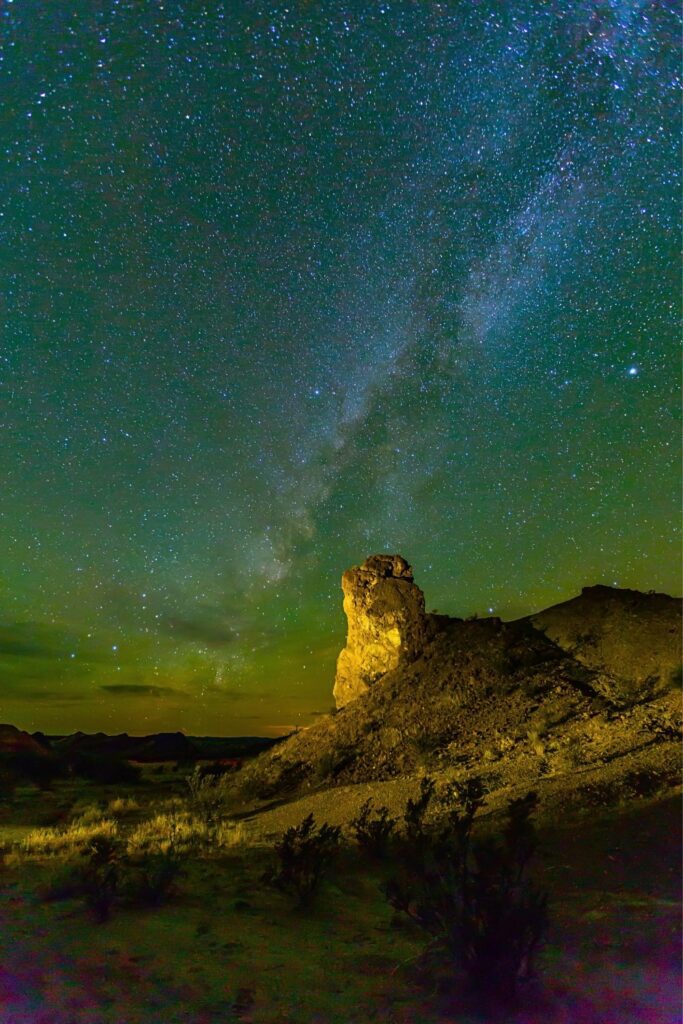
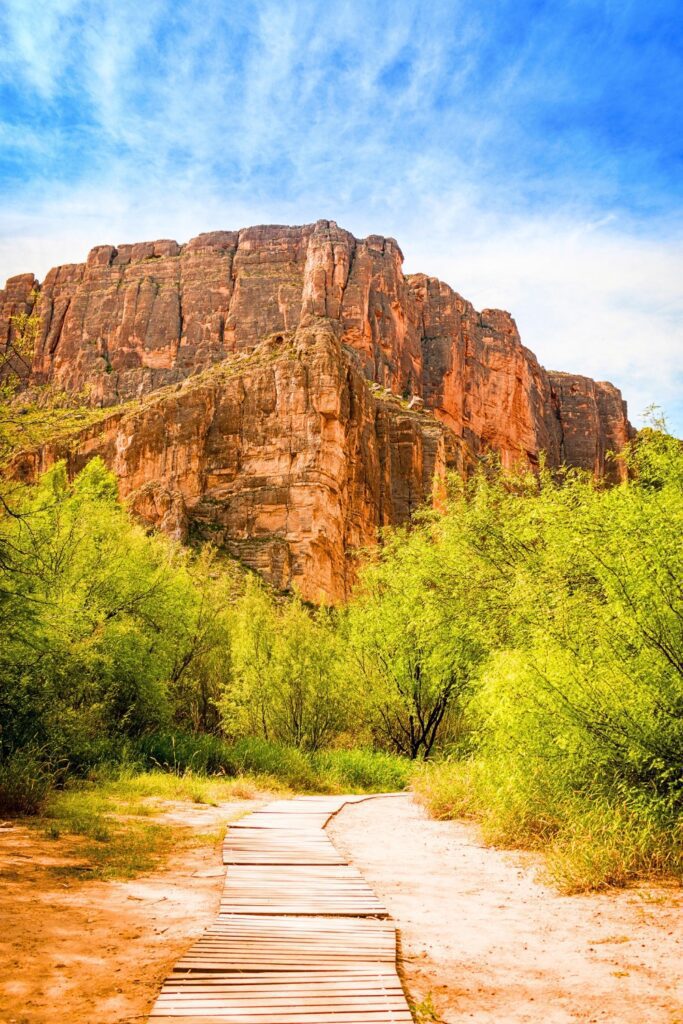
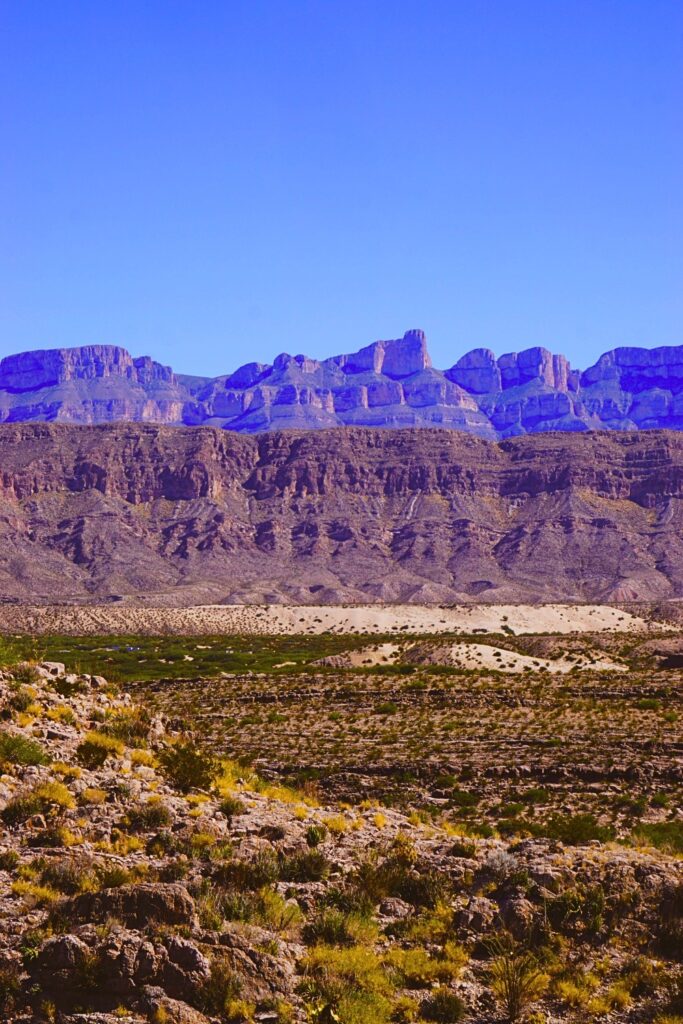
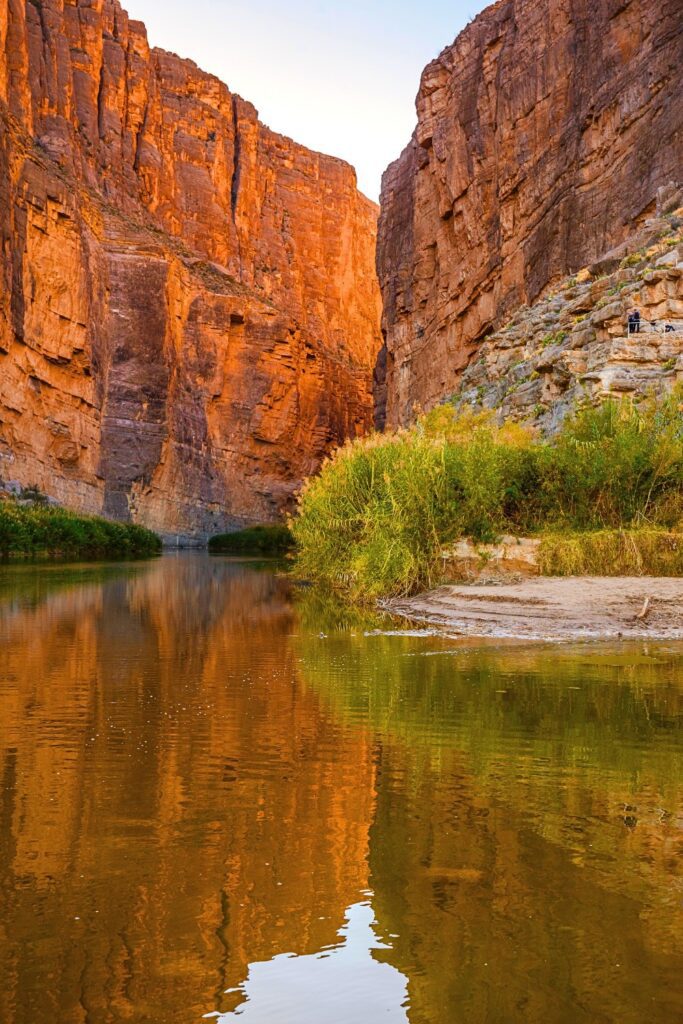
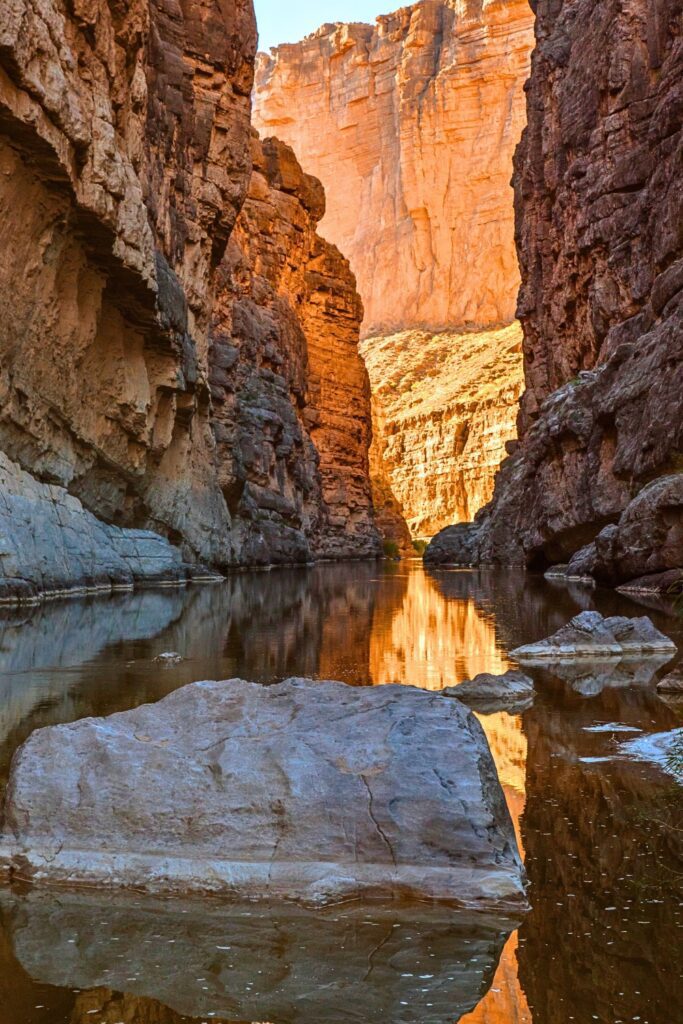
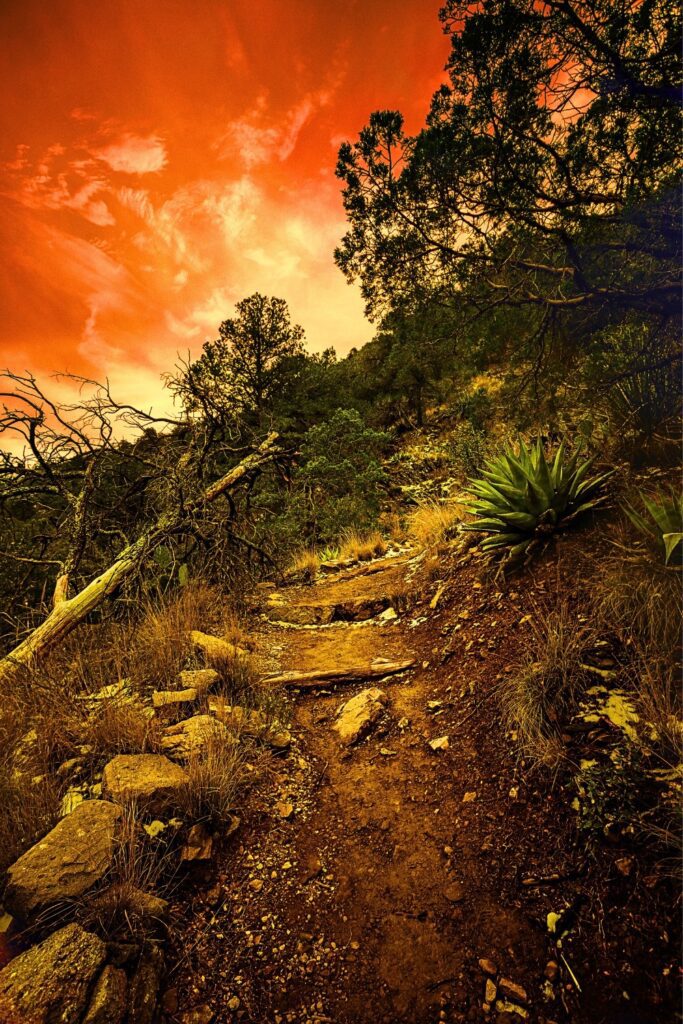
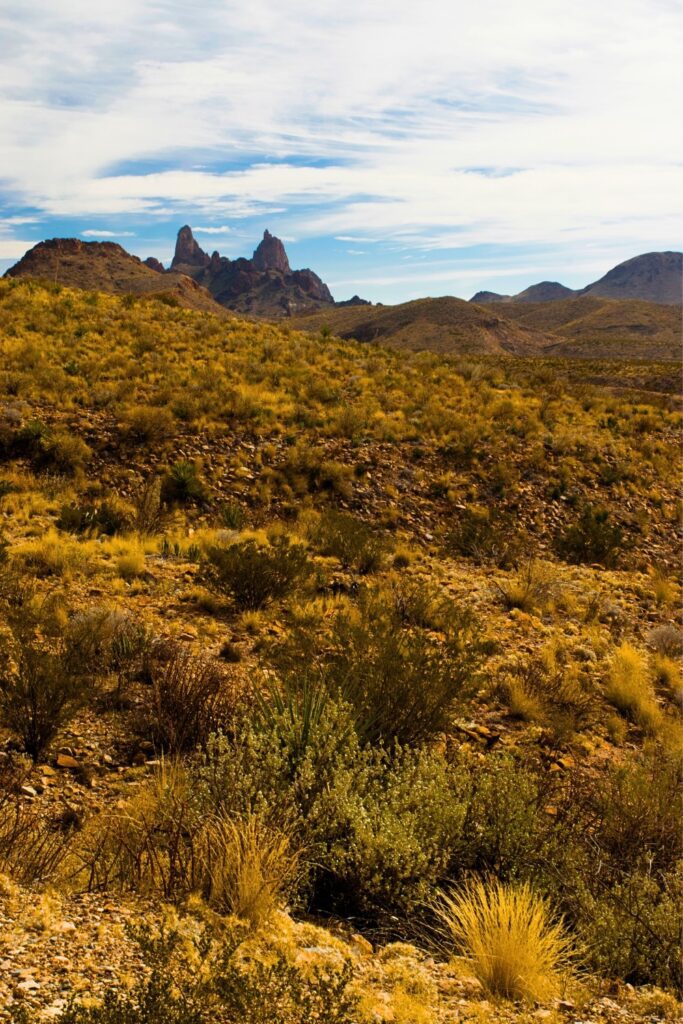
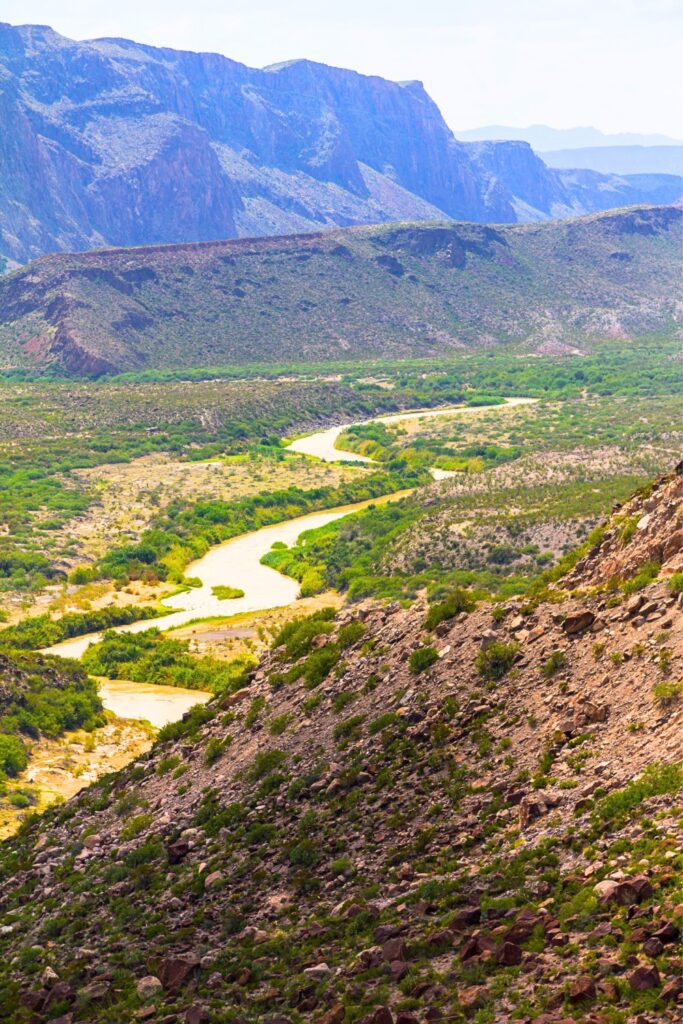
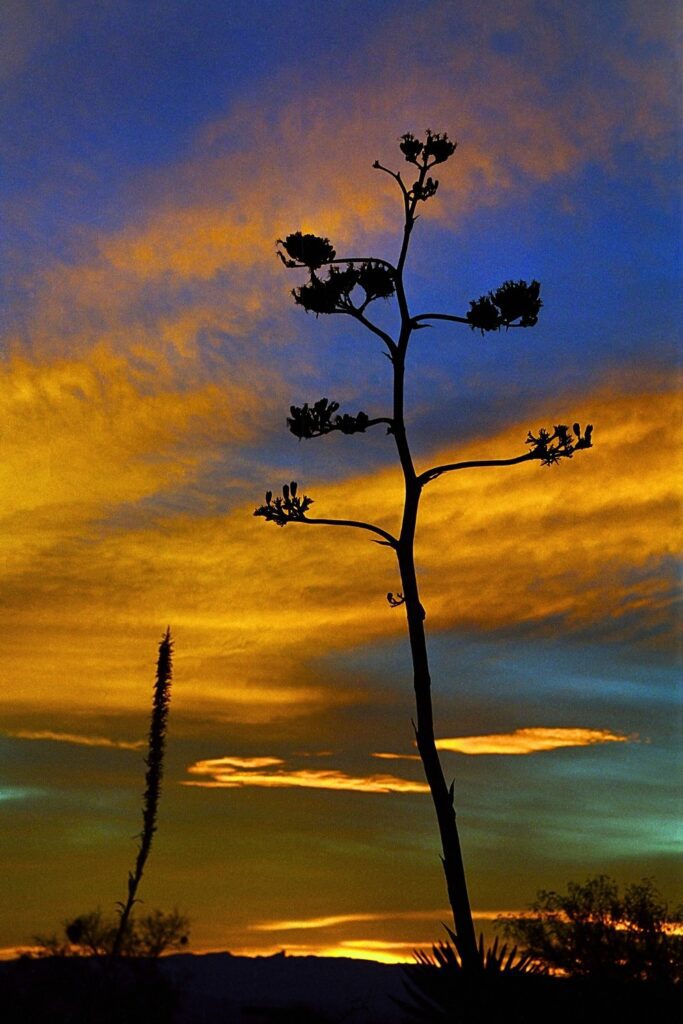
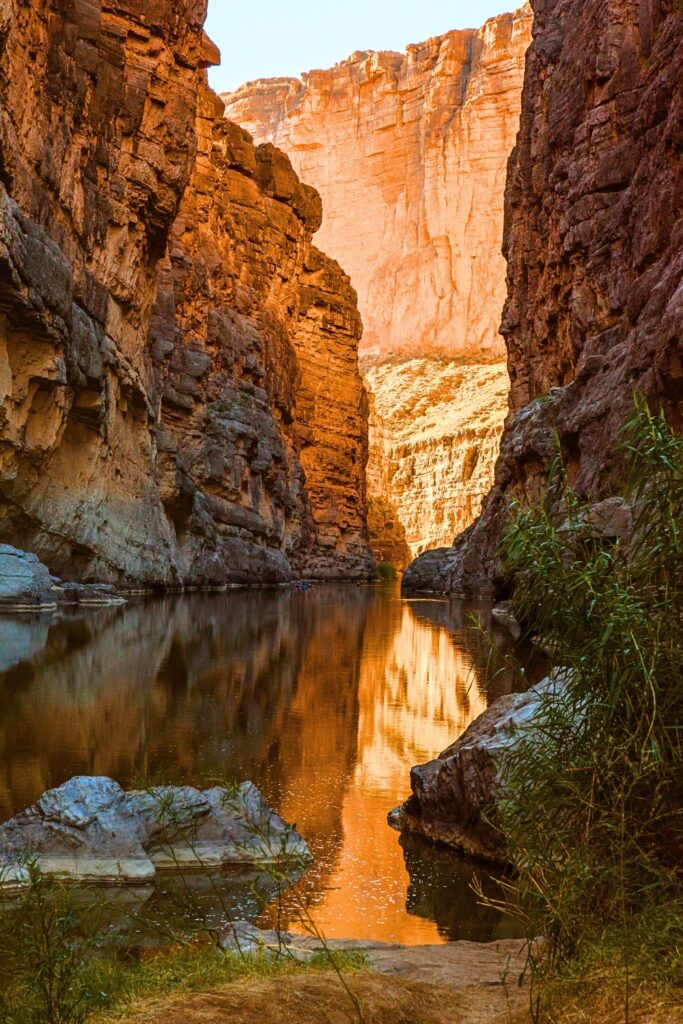
Best Times to Visit
- Fall (October to November): Comfortable daytime temperatures and fewer crowds make this a favorite time to visit.
- Spring (March to April): Ideal hiking weather and wildflower blooms, but this is the busiest season in the park.
- Summer (June to August): Temperatures soar, especially in desert areas. Not recommended for extended hiking.
- Winter (December to February): Cool days and cold nights. Fewer visitors, but prepare for temperature swings, especially in the mountains.
Plan Your Trip
10 Best Things to Do in Big Bend
Hike the Lost Mine Trail for stunning views of the Chisos Mountains.
Kayak or raft through Santa Elena Canyon along the Rio Grande.
Drive the scenic Ross Maxwell Scenic Drive for sweeping desert and mountain views.
Soak in the historic Hot Springs next to the Rio Grande.
Explore the dramatic cliffs of Boquillas Canyon.
Visit the Fossil Discovery Exhibit to see ancient life from the area.
Enjoy the view from the Window at sunset in the Chisos Basin.
Cross the river into Boquillas, Mexico (passport required) for a cultural side trip.
Stargaze at one of the darkest night skies in the U.S.
Camp in the Chisos Basin for a peaceful night under the stars.
- Bonus: See top recommendations from visitors
Best Hikes in Big Bend (Beginner to Advanced)
Beginner Hikes
Window View Trail (0.3 miles): Easy, paved loop with a sunset-friendly overlook.
Boquillas Canyon Trail (1.4 miles): Gentle trail with views of the canyon and river.
Hot Springs Trail (1 mile): Short walk to the historic hot springs along the river.
Moderate Hikes
Lost Mine Trail (4.8 miles): Gradual climb with rewarding panoramic views.
Santa Elena Canyon Trail (1.7 miles): Short but steep hike into a scenic canyon.
Emory Peak Trail (10.5 miles): Hike to the highest point in the park with a rock scramble at the top.
Advanced Hikes
South Rim Trail (12–14 miles): A full-day loop with epic views of Mexico and the surrounding desert.
Outer Mountain Loop (30+ miles): A multi-day backcountry trek for experienced backpackers.
Marufo Vega Trail (13 miles): Remote, rugged, and hot—requires careful planning and extra water.
Packing List
- My Amazon gear list
Refillable water bottles or hydration pack
Wide-brim hat and sunglasses
Lightweight, moisture-wicking clothing
Sturdy hiking boots or shoes
Layers for cold mornings and hot afternoons
Sunscreen and lip balm
Daypack with snacks and first aid kit
Headlamp or flashlight for night hikes and stargazing
Printed or downloaded trail maps
Passport if planning to visit Boquillas, Mexico
Where to Stay
Similar Attractions:
Things to Know Before You Go
Cell service is unreliable, download maps and information before your trip.
Gas stations are few and far between, top off your tank in Alpine or Marathon.
Water is limited! Carry at least one gallon per person per day.
Summer heat can be dangerous, avoid hiking in the middle of the day.
Pets are not allowed on trails or in backcountry areas.
If visiting Boquillas, check border crossing hours and bring your passport.
The park is extremely remote! Always let someone know your travel plans.
Final Thoughts
Big Bend National Park is one of America’s best-kept secrets. It offers towering canyons, mountain hikes, starlit skies, and peaceful desert solitude. While getting there takes time, the journey is part of the experience. Come prepared, stay flexible, and soak in the wild beauty of West Texas. For first-time visitors, it’s a trip you’ll never forget, and likely one that will inspire many returns.
